Nikolay Moiseev. The tank battle master who went through the whole war
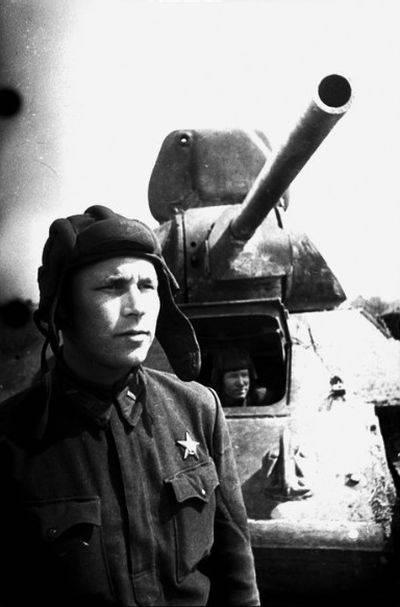
Soviet tank aces. Very many information has remained about many Soviet tankmen who distinguished themselves during the years of World War II. One of these heroes is Nikolai Dmitrievich Moiseev, who went through the whole war and survived. The tanker is a recognized ace and master of tank combat, on whose account dozens of victories. At present, the life path of a tanker, whose fate is inextricably linked with the fate of the 1st Tank Brigade, which later became the 6th Guards, can be restored almost exclusively from award documents.
The pre-war life of Nikolai Moiseyev
Nikolai Dmitrievich Moiseev, the future master of tank battle, was born in 1916 at the station of Seltso, Bryansk district, Orel region. The exact date of birth of the hero is unknown. The column "social status" indicates - worker. Like millions of Soviet children, Nikolay Moiseev was educated and in 1937 voluntarily ended up in the armed forces. A mandatory draft for military service in the Soviet Union was introduced only on September 1, 1939. The award documents also indicate that Nikolay Moiseev is a military man.
It is known that Nikolai Dmitrievich graduated from an armored school, and after distribution he got into the 85th separate tank battalion, which was part of the 39th light tank brigade. The brigade, commanded in the future by the famous Soviet military leader Dmitry Lelyushenko, arrived in the Leningrad Military District at the end of November 1939. Since December 1939, the unit participated in the Soviet-Finnish War, operating on the Karelian Isthmus.
In February 1940, the brigade fought with Finnish troops in the Muola - Oinil - Kurel region and in the Ilves region. By March 1940, tankers stormed the village of Honkaniemi. Prior to this, they had to overcome two lines of granite gouges, an anti-tank ditch, as well as 12 forest blockages with mines organized on the roads. Developing the advance of the Soviet troops, by the time the conflict ended, units of the 39th light tank brigade had reached Reppol. In battles, the brigade acted quite actively and competently, despite the fact that the main tank at that time was the T-26, which was easily hit by Finnish artillery. During the fighting, part of the brigade suffered moderate casualties: 65 killed and 117 wounded, another 13 people were reported missing. For participation in the battles on the Karelian Isthmus and the successes achieved, the brigade was awarded the Order of Lenin, four tankmen from the brigade became Heroes of the Soviet Union. Thus, even before the start of World War II, Nikolay Moiseev received valuable combat experience, which will be useful to him in the future.
The beginning of World War II and the first awards
By the time the Great Patriotic War began, Nikolay Moiseev was a member of the 34th Panzer Division of the Kiev Special Military District. The division was a new formation. It was formed only in the spring of 1941 as part of the 8th mechanized corps instead of the 16th tank division that had fallen into the structure of the 15th mechanized corps being formed. Together with the corps, the division was part of the 26th army of the district, which on the first day of the war became the Southwestern Front. It is noteworthy that the 34th Panzer Division was armed with 48 T-35 heavy tanks. At the same time, there were not enough new tanks in the division; before the war, tankers managed to get 50 T-34s and 53 heavy KV-1 tanks.
On June 25-26, parts of the division were included in the mobile group of the 8th mechanized corps, led by Brigadier Commissar Popel. On June 26 and 27, 1941, the division participated in a counterattack of Soviet troops in the Lutsk-Brody-Dubno triangle, fighting with units of the 16th German Panzer Division of the 48th Motorized Corps. The battles were very intense and fierce, but only led to the private success of the Soviet tankmen. On June 28, the division commander Colonel Vasiliev died in battle, and by the end of June, the division’s units were surrounded, but continued to conduct combat operations on the communications of the German 1st Panzer Group, interfering with the normal supply of the Hitler units that had escaped ahead. The remnants of the division were able to get out of the encirclement, but the losses in the material part were very significant. By August 15, the division was finally disbanded, surviving soldiers and commanders were sent to form new tank units.
So Nikolay Moiseev was included in the 1st tank brigade, which by mid-September had finished forming in the area of Kosterovo station in the Moscow region. The personnel was mainly staffed by tankers of the 32nd and 34th Panzer Divisions, who already had real combat experience behind them. As part of this brigade for fighting in the Shepetivka region in late September - early October 1941, Nikolay Moiseev was presented to the first military award - the Order of the Red Star. In these battles led by Belov’s horse-mechanized group, the 2nd-rank quartermaster (corresponding to the rank of lieutenant) Nikolay Moiseev commanded the KV-1 heavy tank as part of the 1st tank regiment of his brigade.
The award sheet noted that Moses at least 10 times led his tank in the attack, showing courage and determination in battle. During the fighting, he proved himself an initiative commander. Despite the superiority of the enemy, in a battle in the Shepetivka region on the territory of Sumy Region, he boldly went on the attack, destroying 2 enemy tanks, 5 anti-tank guns, and also several machine guns before the enemy infantry platoon. Having broken through the line of defense of German troops, the KV-1 tank, which was controlled by Moiseyev, went to the rear of the Nazis and forced the enemy to retreat. During the retreat, the Germans left five transport vehicles with various military equipment and ammunition on the battlefield. In this battle, Nikolai Dmitrievich was wounded.
Later, along with units of the 1st Tank Brigade, he participated in battles in the Kursk direction in December 1941, as well as in the Kharkov direction in March 1942. In these battles he was wounded twice - on December 21, 1941 and March 27, 1942, but returned to duty again. In battles in the Kharkov region in March 1942, Moiseyev again distinguished himself, for which the command represented him to the rank of Hero of the Soviet Union, but as a result of the tankman he was awarded the Order of Lenin. By that time, Senior Lieutenant Nikolai Moiseev commanded a company of tanks in the brigade, which in February became the 6th Guards Tank. The command highly appreciated the personnel military, behind which there was the Soviet-Finnish war and heavy fighting in the summer of 1941. The brigade command noted that Nikolai Dmitrievich perfectly organizes the fighting of his unit, shows personal heroism, which inspires the commanders and the rank and file of his company. It was also emphasized that Senior Lieutenant Moiseyev pays great attention to working with personnel, studying the experience of past battles and the issues of saving the entrusted material part.
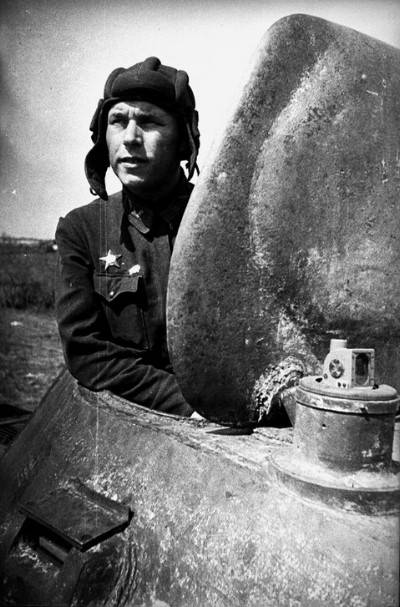
The award documents of the hero indicated that on March 24, 1942, the company of Moiseyev successfully repelled an enemy tank attack in the area of the village of Rubezhnoye, Kharkov region. As a result of the battle, in which the tankers of the 6th Guards Tank Brigade launched a counterattack, they managed to knock down 9 enemy tanks and destroy the enemy infantry battalion. Leading the battle of his company, senior lieutenant Nikolai Moiseev from his tank knocked out three enemy tanks. The next time the officer distinguished himself on March 26, when he led the tankers of his company to attack the enemy fortified area, located in the area of the village of Zamulevka, Kharkov region. Having repelled an enemy tank counterattack during the battle, the company took possession of the village. In total, in the battle, Soviet tank crews managed to knock down 5 fascist tanks, of which two Moses with his crew recorded at his own expense.
From Stalingrad to Crimea
During the fighting in the area of crossings over the Don, the 6th Guards Tank Brigade suffered serious losses in tanks and personnel and was sent to the rear for replenishment. The brigade was replenished with military equipment directly in Stalingrad, receiving new tanks directly from the Stalingrad tank factory, the personnel was partially taken from the Stalingrad training armored center. By August 1, the brigade managed to be brought up to full strength, after which reconstitution units were assembled at a fairly fast pace. As part of the 13th tank corps, the brigade took part in the battle at the junction 74th kilometer. The fighting at this small town in August 1942 was very fierce and played a big role in the defense of the city. During these battles, many Soviet tankers were presented to government awards, some of them became Heroes of the Soviet Union, and Nikolai Moiseev was presented to the Order of the Red Banner.
The award documents indicated that the captain Nikolai Moiseev, the deputy commander of the 1st separate tank battalion, took part in the battle for the 6th kilometer detachment on August 74, which was occupied by the enemy with a force of up to 70 tanks and a motorized infantry battalion. The battalion received orders to drive the Germans from the territory of the crossing. Already during the battle, the battalion commander was wounded and Nikolai Moiseev took command. Under his leadership, the Germans managed to drive out of the village. In this case, the enemy suffered serious losses. The documents indicate that the enemy lost more than 30 tanks, more than 14 different guns, 9 vehicles and up to the infantry battalion. The losses of the Moiseyev battalion in these battles amounted to 12 tanks that were burned down and three vehicles were wrecked.
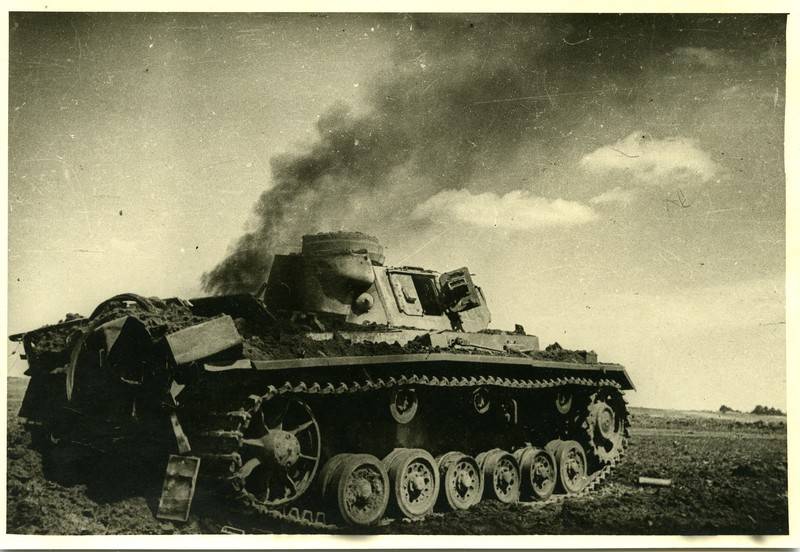
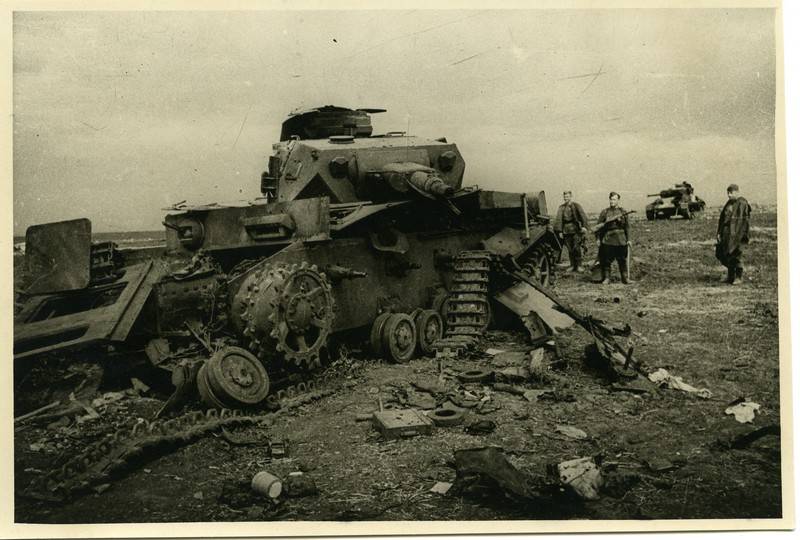
By October 1942, the brigade had lost almost all of its tanks, and by that time almost 80 percent of the personnel in its motorized rifle battalion had retired, and almost all company commanders had also retired. In this regard, the brigade was again withdrawn from the front to replenish, this time a part was replenished by graduates of the Kazan Tank School and Astrakhan workers. Subsequently, the brigade, which was part of the Southern Front, took part in the battles near Syantsik and as part of the 28th army took part in the liberation from the Nazis of Rostov-on-Don, fought on the northern coast of the Sea of Azov and near Taganrog.
In the spring of 1944, brigade units took part in the liberation of Crimea. For these battles already guards Major Nikolai Dmitrievich Moiseev, who commanded a tank battalion, was awarded the Order of Suvorov 3rd degree. The award documents for the officer, who at that time already had five battle wounds, indicated that Moiseyev was a competent commander, inspiring fighters with personal courage. It was noted that this is a decisive and courageous commander who is able to quickly and correctly assess the situation in the battle, making the right decisions. In April, his battalion succeeded in a deep raid behind enemy lines for 200 kilometers. On April 11, 1944, the Moiseev’s battalion, breaking through the German defenses, rushed into the breach and captured two railway trains and 250 prisoners in the area of Chirik station. In battles, the battalion destroyed 10 artillery pieces, 38 vehicles, 82 carts with military cargo, 6 machine guns. With the battles, the tank battalion first burst into the city of Simferopol, and then into Bakhchisaray. At the same time, the battalion suffered minor losses in battles.
After the fighting in Crimea died down and Soviet troops occupied Sevastopol, in May 1944 the 6th Guards Tank Brigade was withdrawn from the front to the reserve of the Supreme Command. The brigade is located in the Tula tank military camp. By order of the end of August 1944, the brigade was officially transformed into the Sivash Tank School of Guards. It was here that the military career of the Guard of Lieutenant Colonel Nikolai Dmitrievich Moiseev ended, who at the final stage of the Great Patriotic War passed his knowledge and experience to the cadets. After the war, the officer continued his service for some time, teaching the basics of tank combat, but then was transferred to the reserve. Perhaps the decision to leave the service was dictated by numerous frontal wounds.
Unfortunately, the further fate of the hero is unknown, and his life path is lost. In the magazine “Front-line illustration” No. 2 for 2006, Smirnov’s article stated that Nikolay Moiseyev had 31 wrecked tanks on the account of the enemy, in reality there could have been more wrecked and destroyed tanks in the battle, and the hero’s personal account could have exceeded 40 tanks , but to establish this reliably is not possible. With full confidence, we can only say that Nikolai Dmitrievich was a brave and outstanding Soviet tank commander who went through the entire Great Patriotic War and always returned to duty, despite his injuries. For his feats of arms, he was awarded numerous state orders and medals.
- Yuferev Sergey
- goskatalog.ru (archived photos)
- Soviet tank aces. Konstantin Samokhin
The brave tankman Alexander Burda. Hero of the Great Patriotic War
Nikolay Andreev. Hero Tanker of the Battle of Stalingrad
Pavel Hudz. One KV against eighteen enemy tanks
Ivan Lyubushkin. Tanker, hero of the Moscow battle
Ivan Korolkov. From KV driver to regiment commander
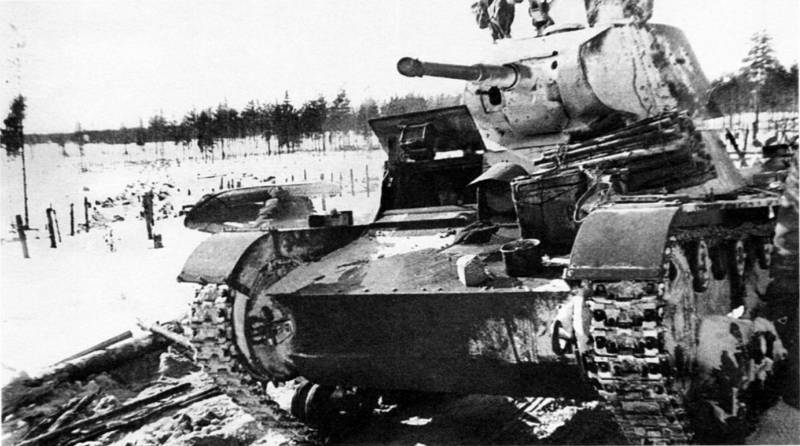
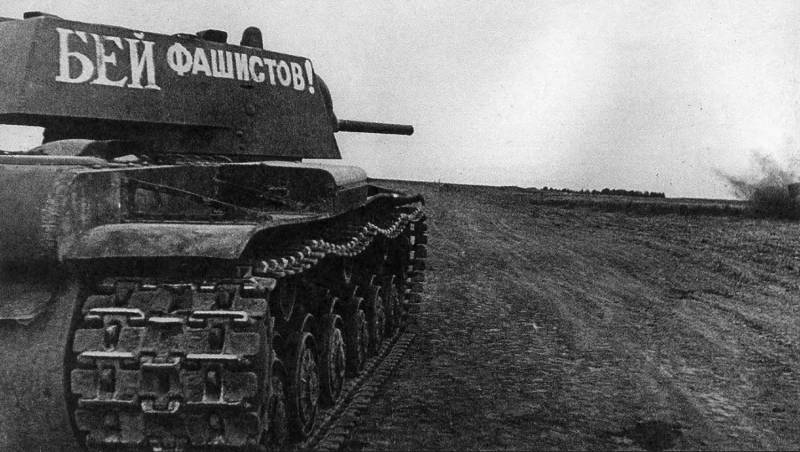
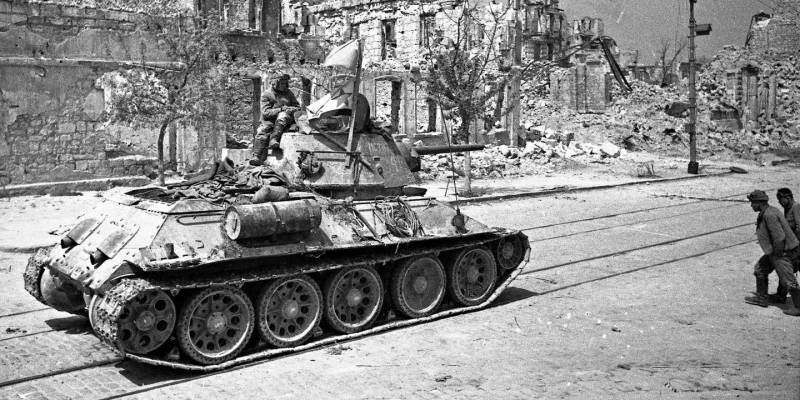
Information